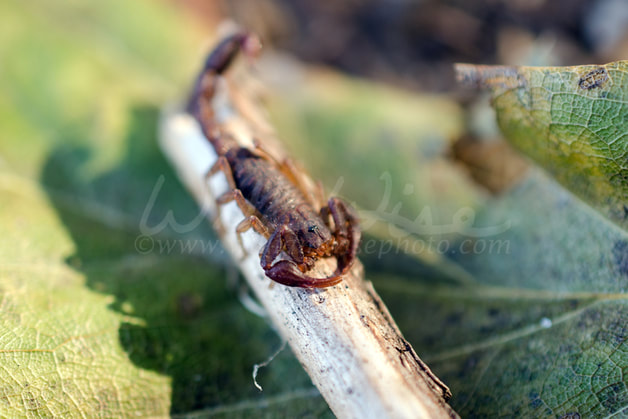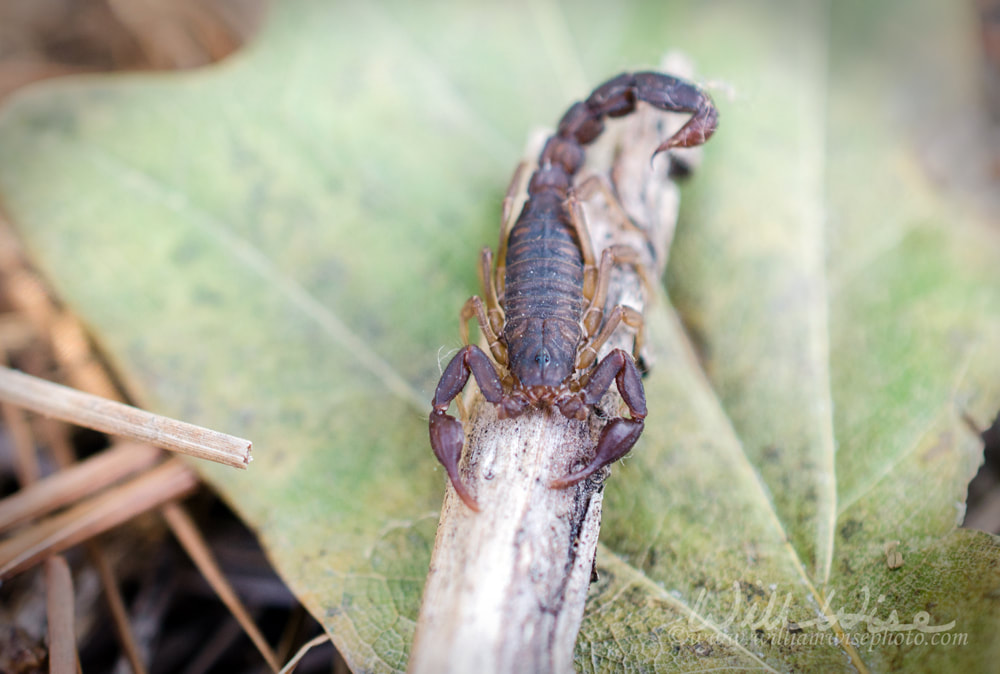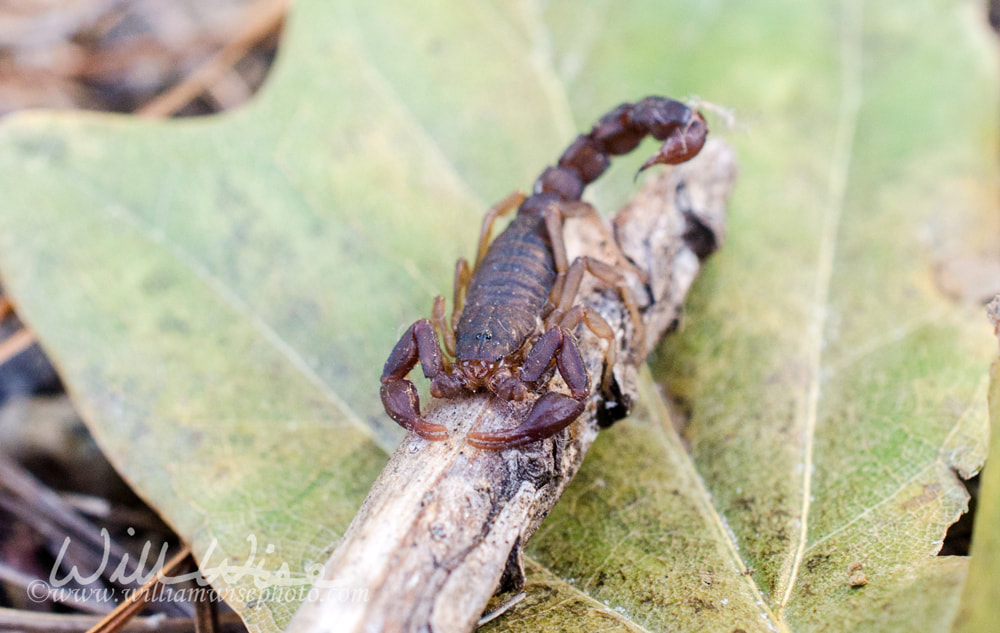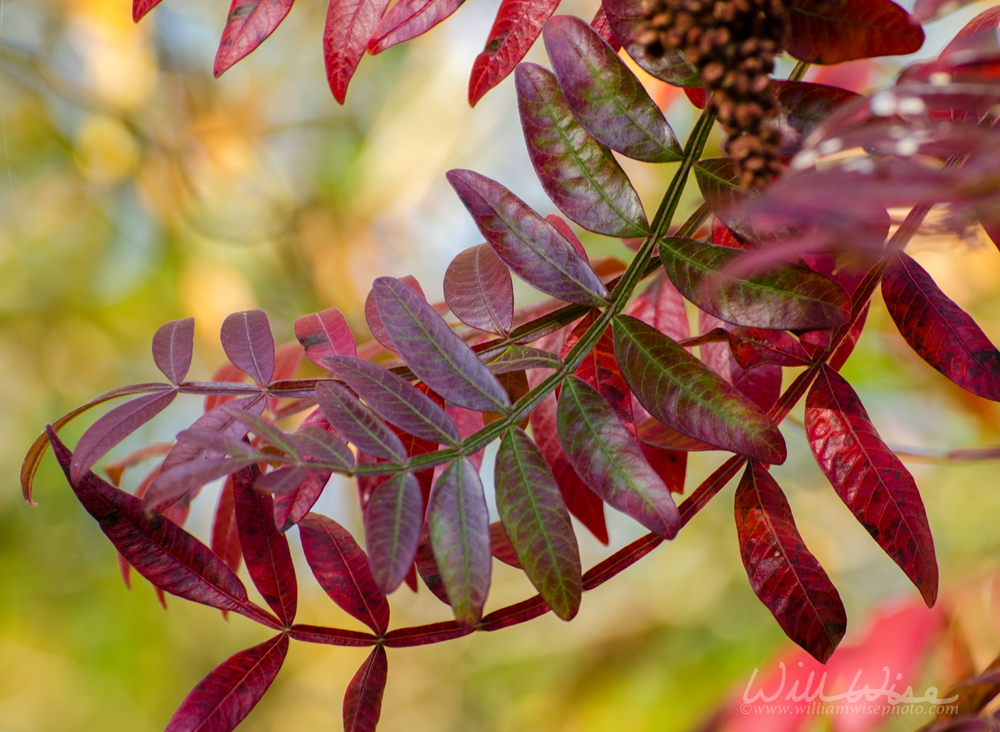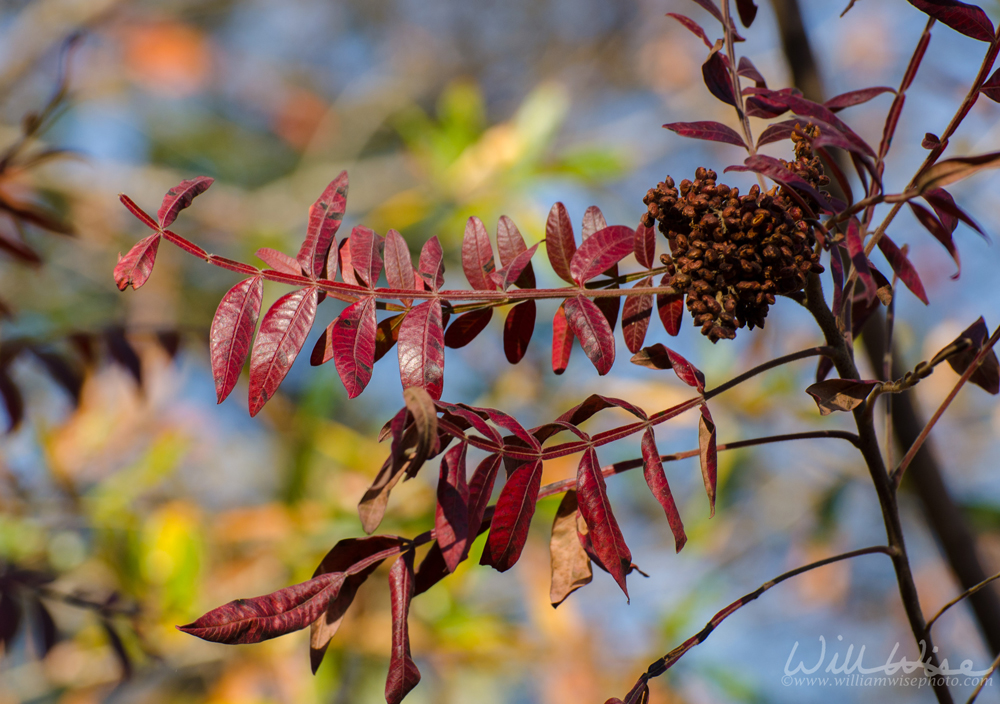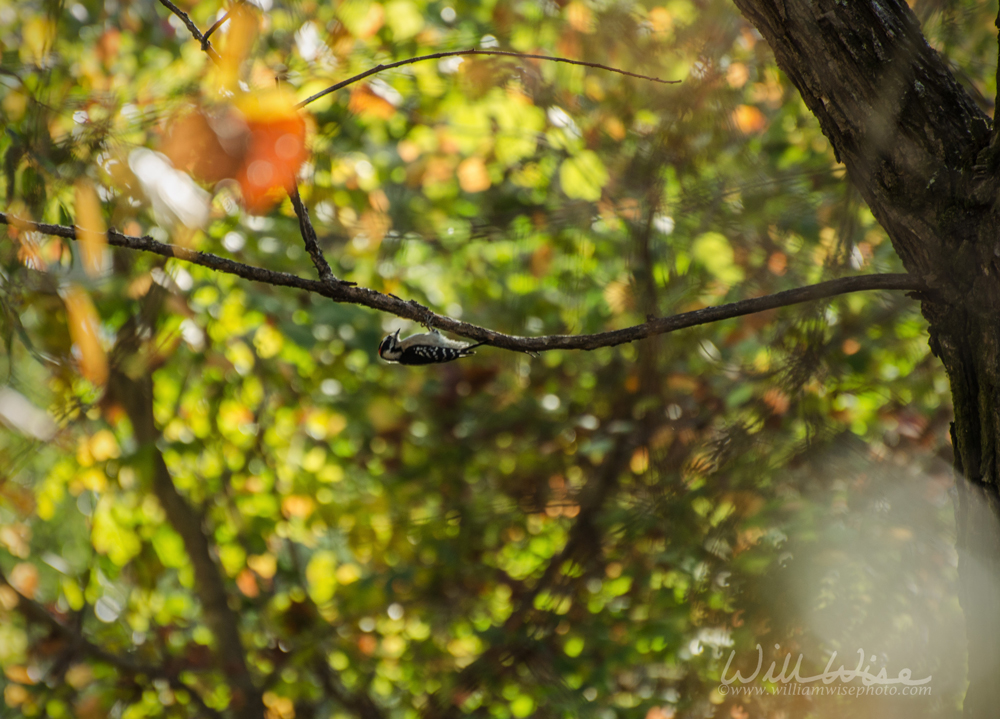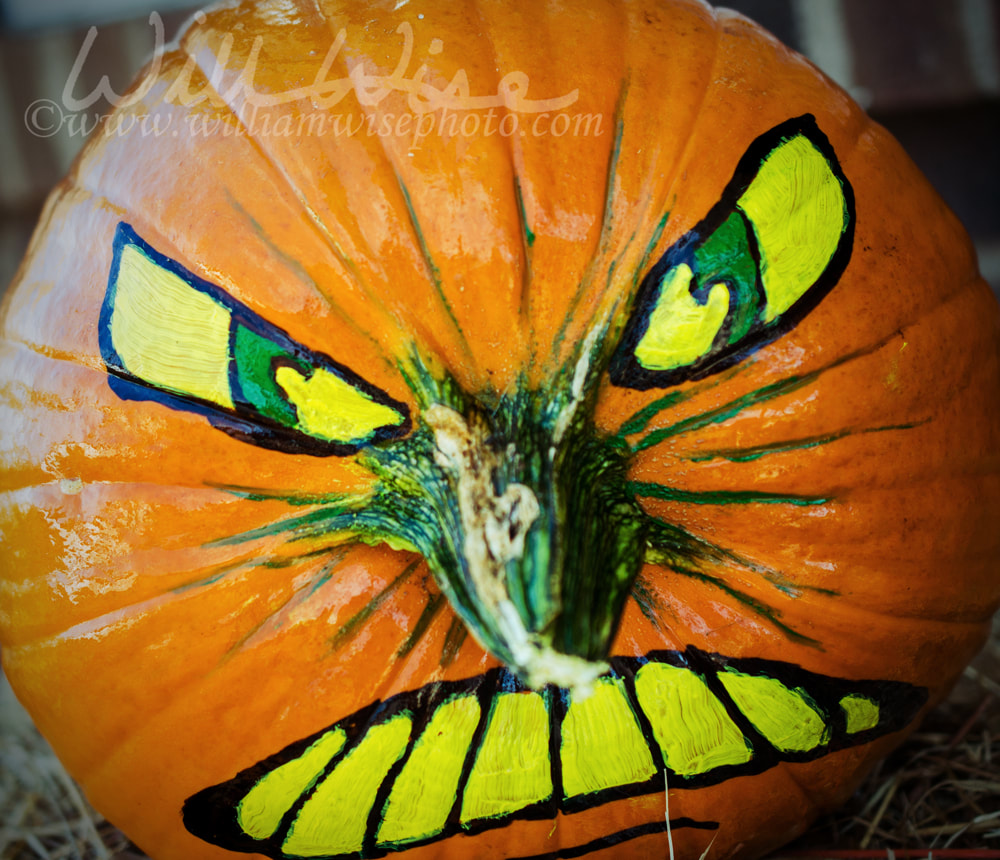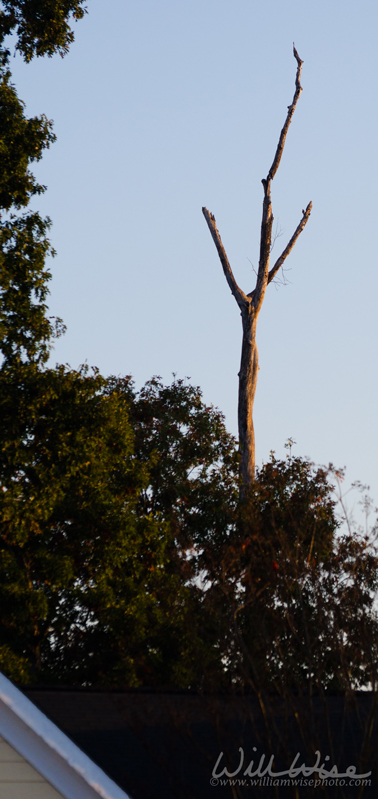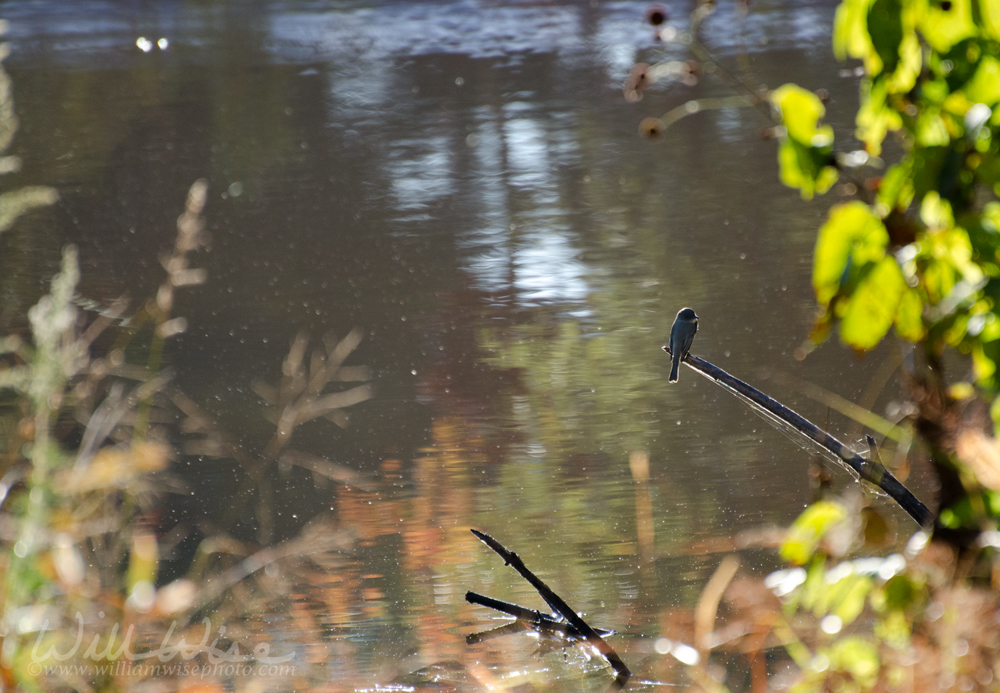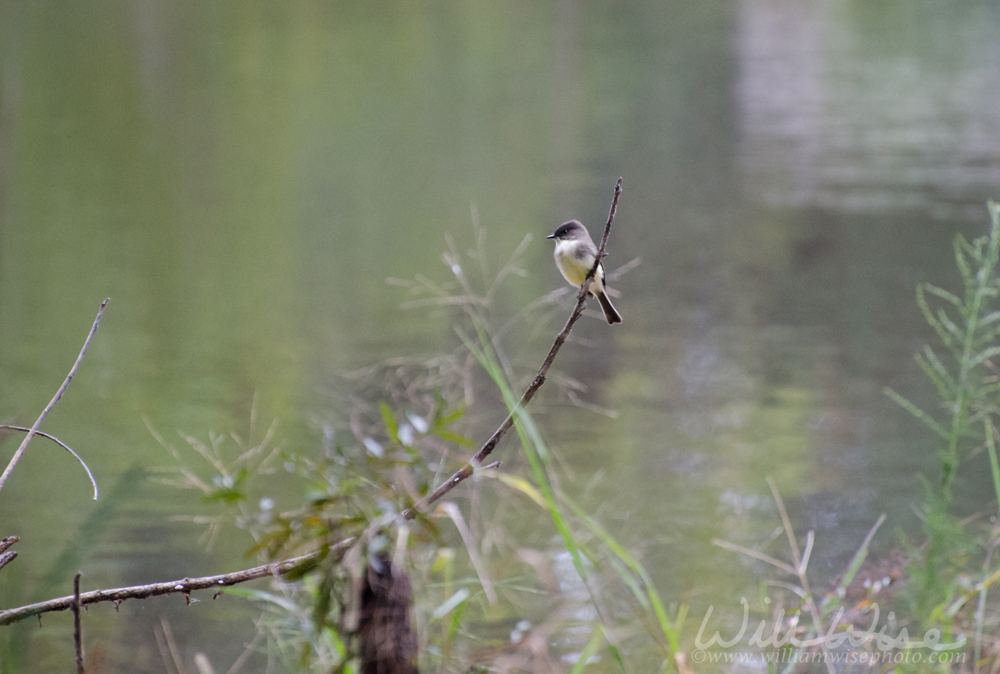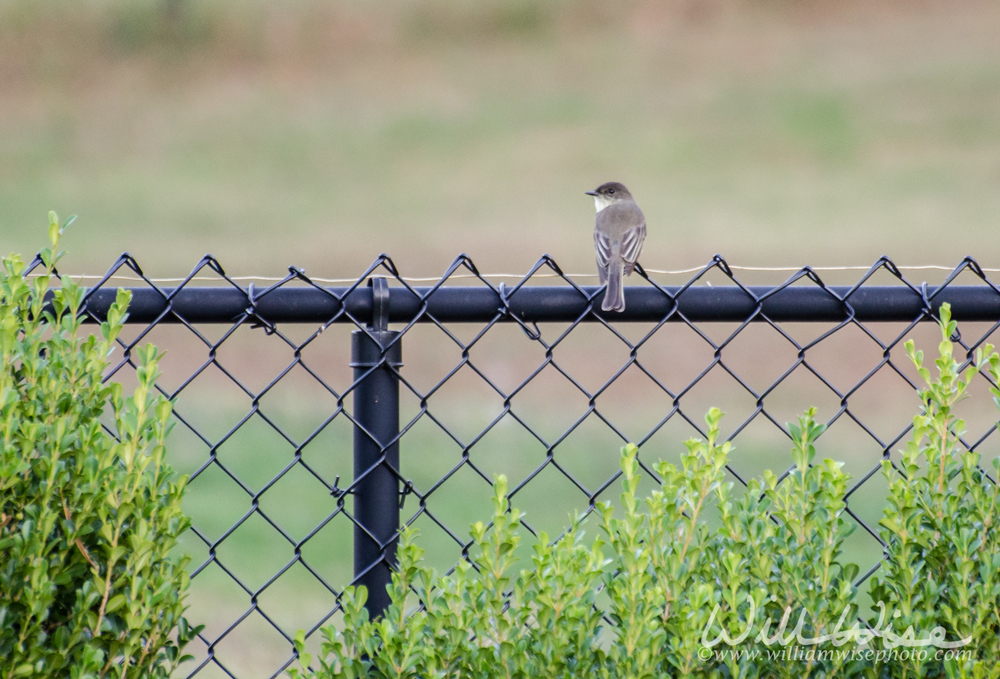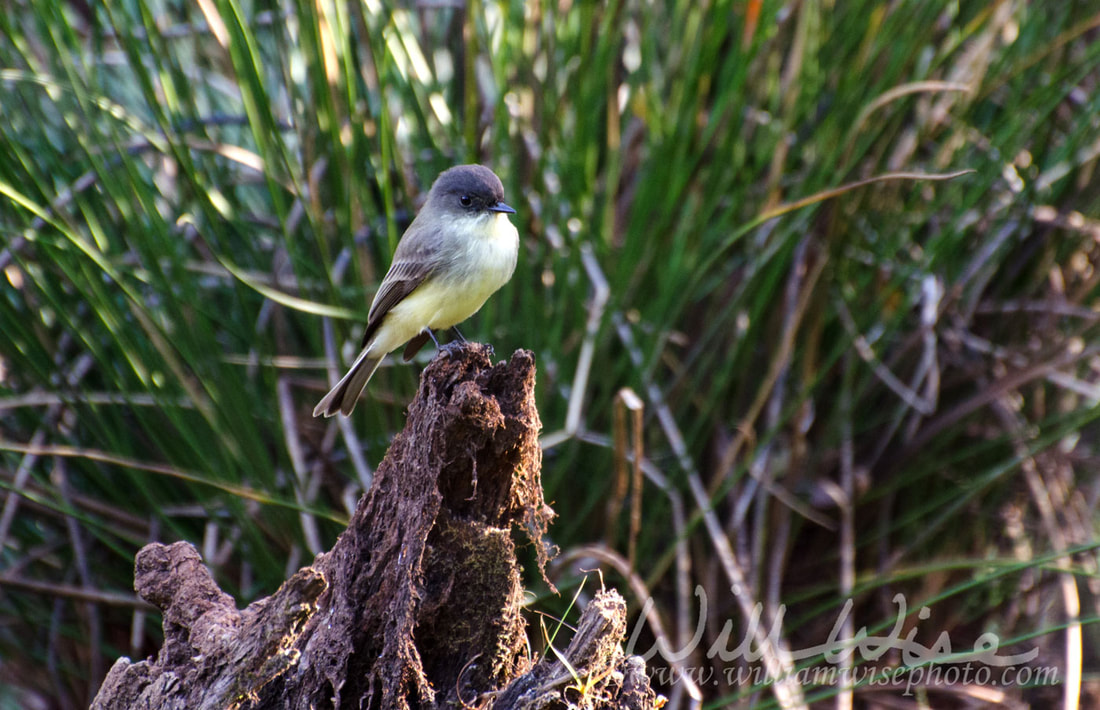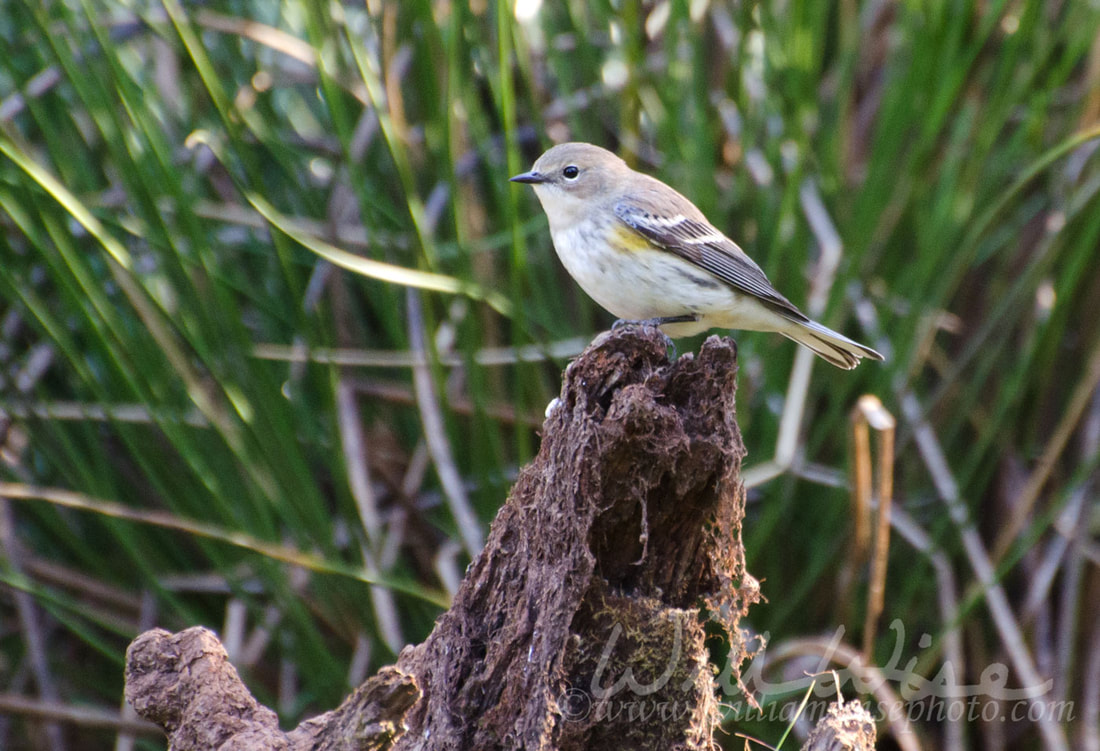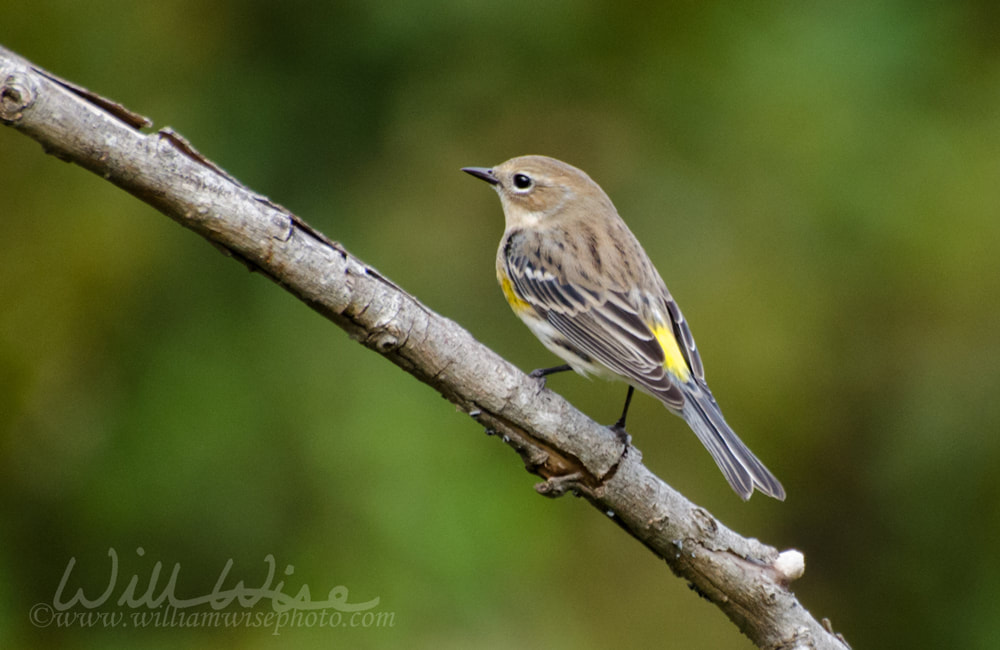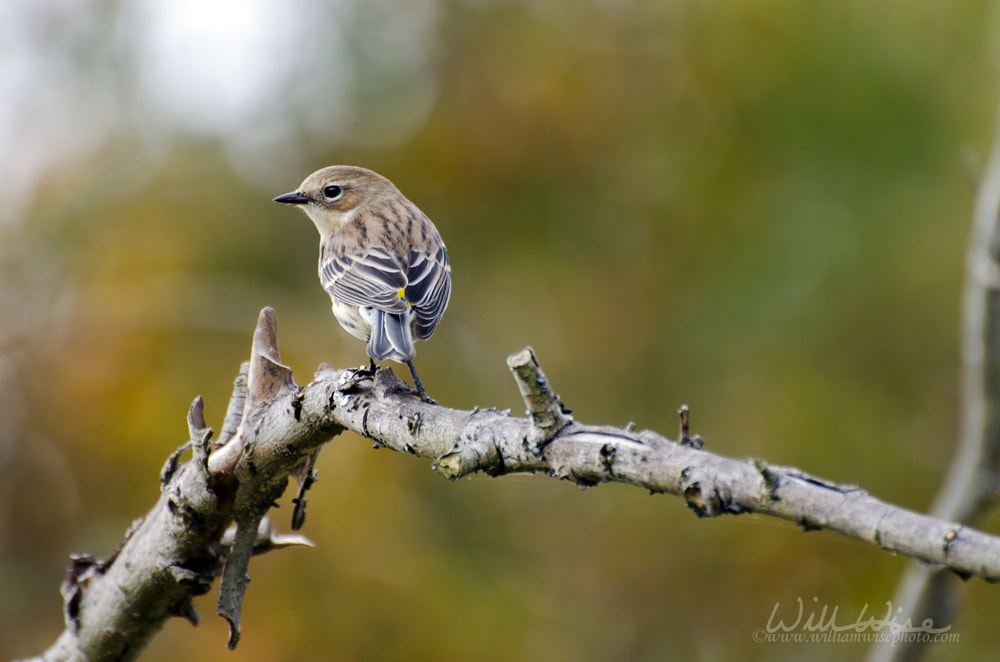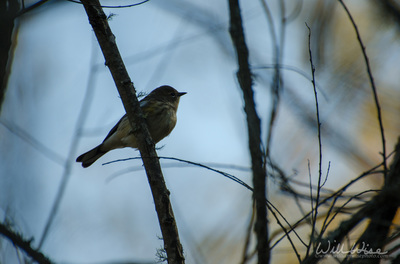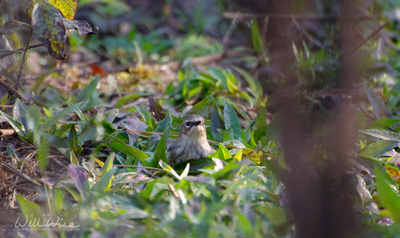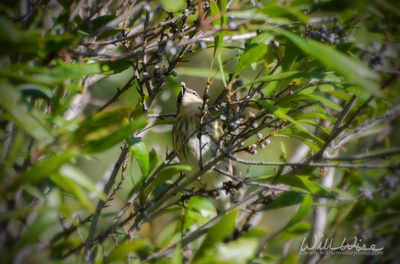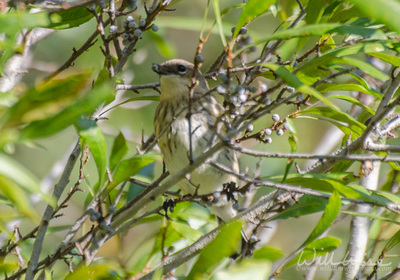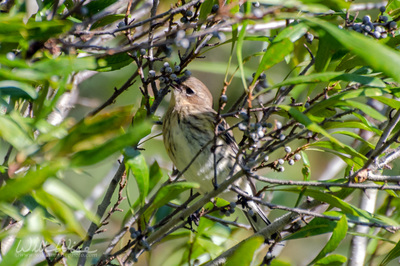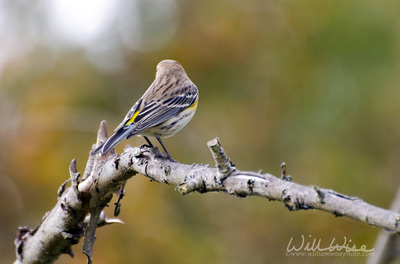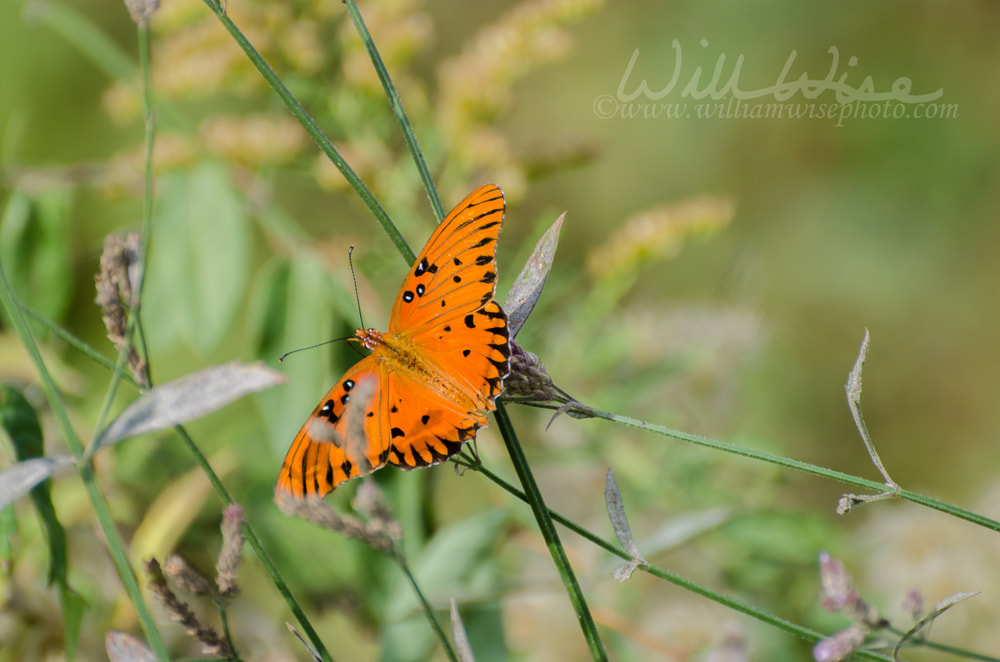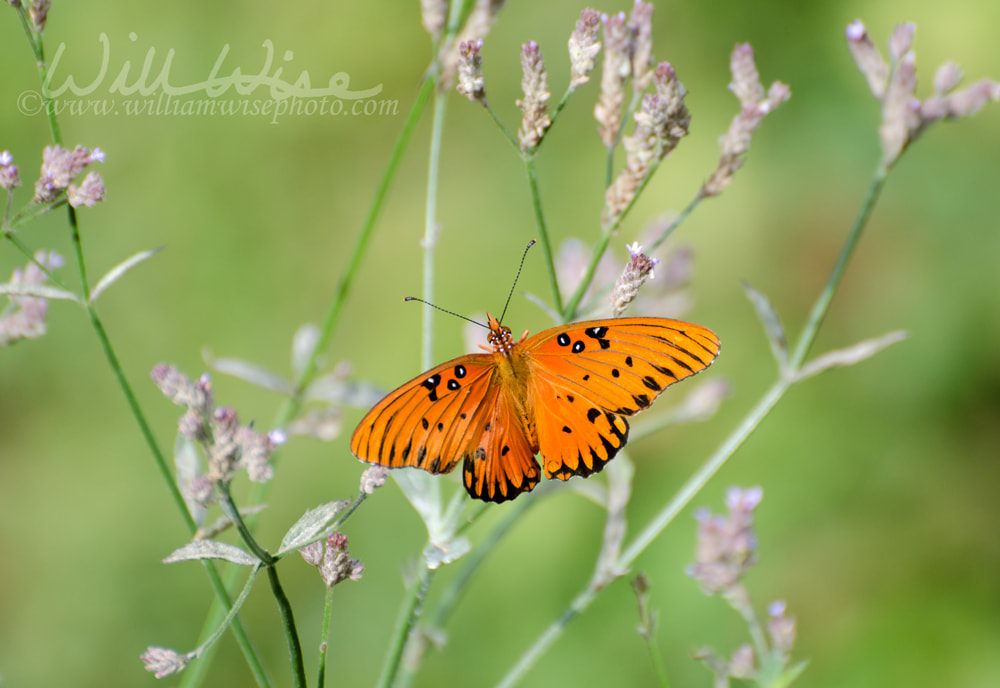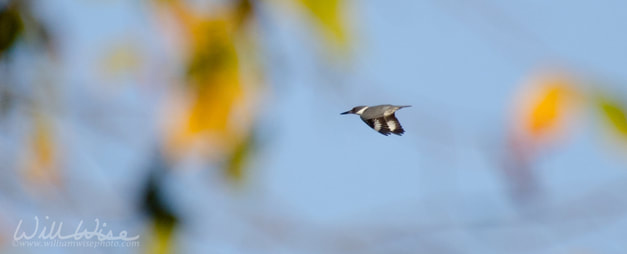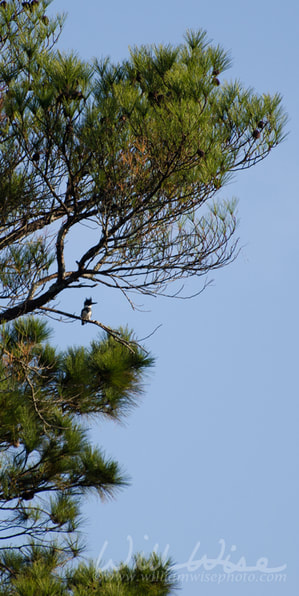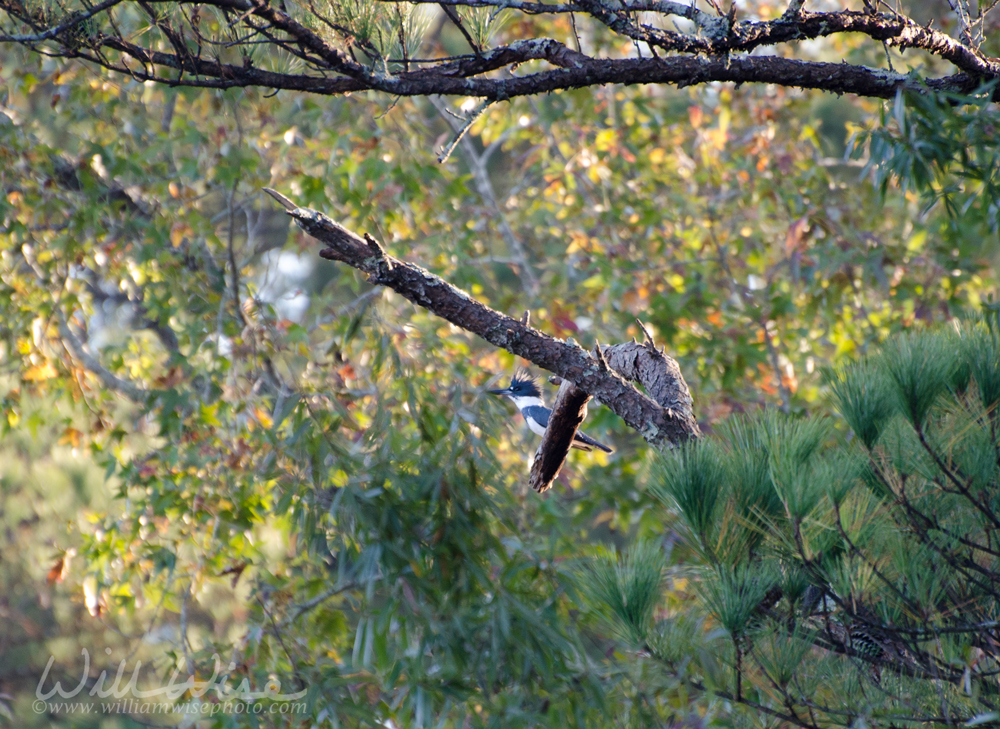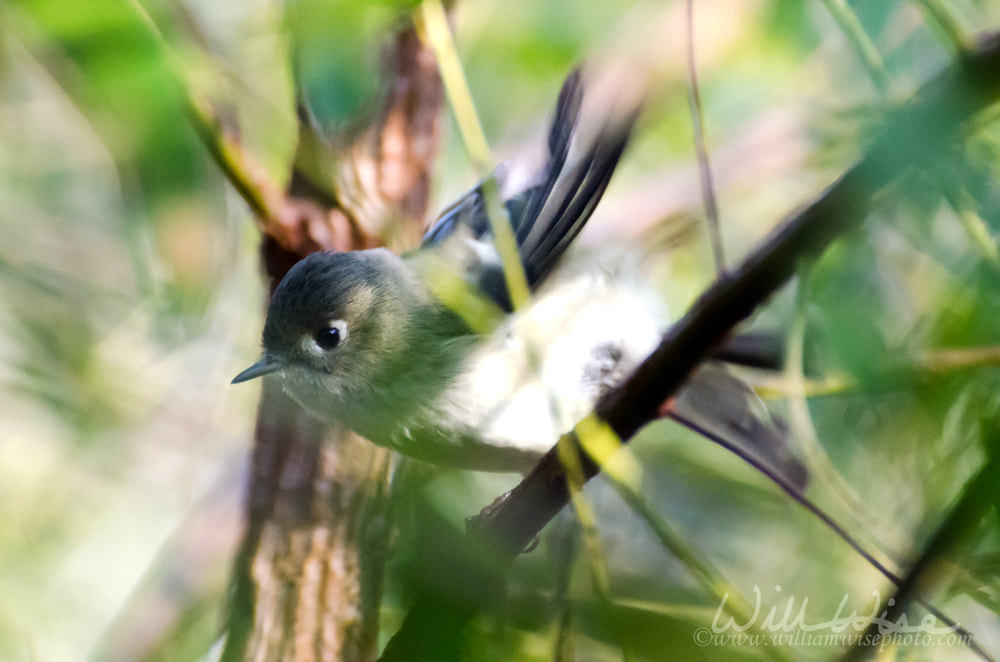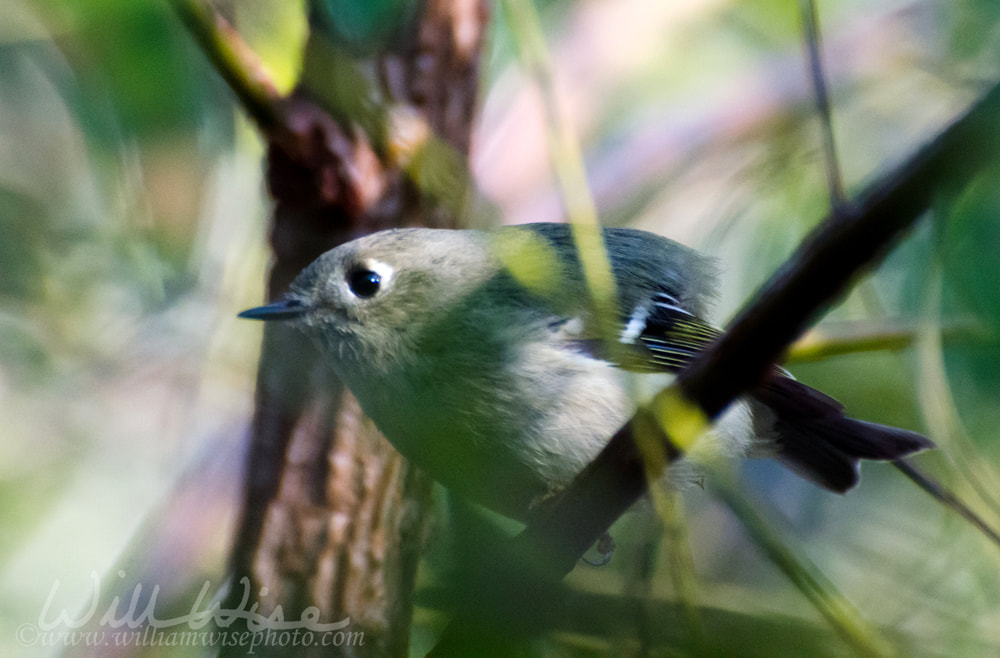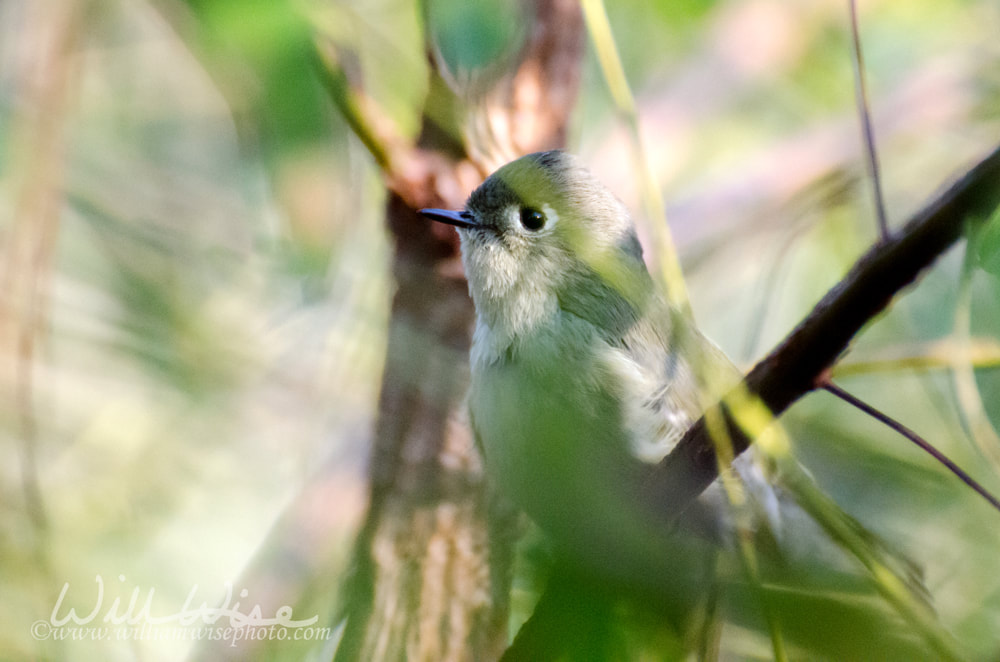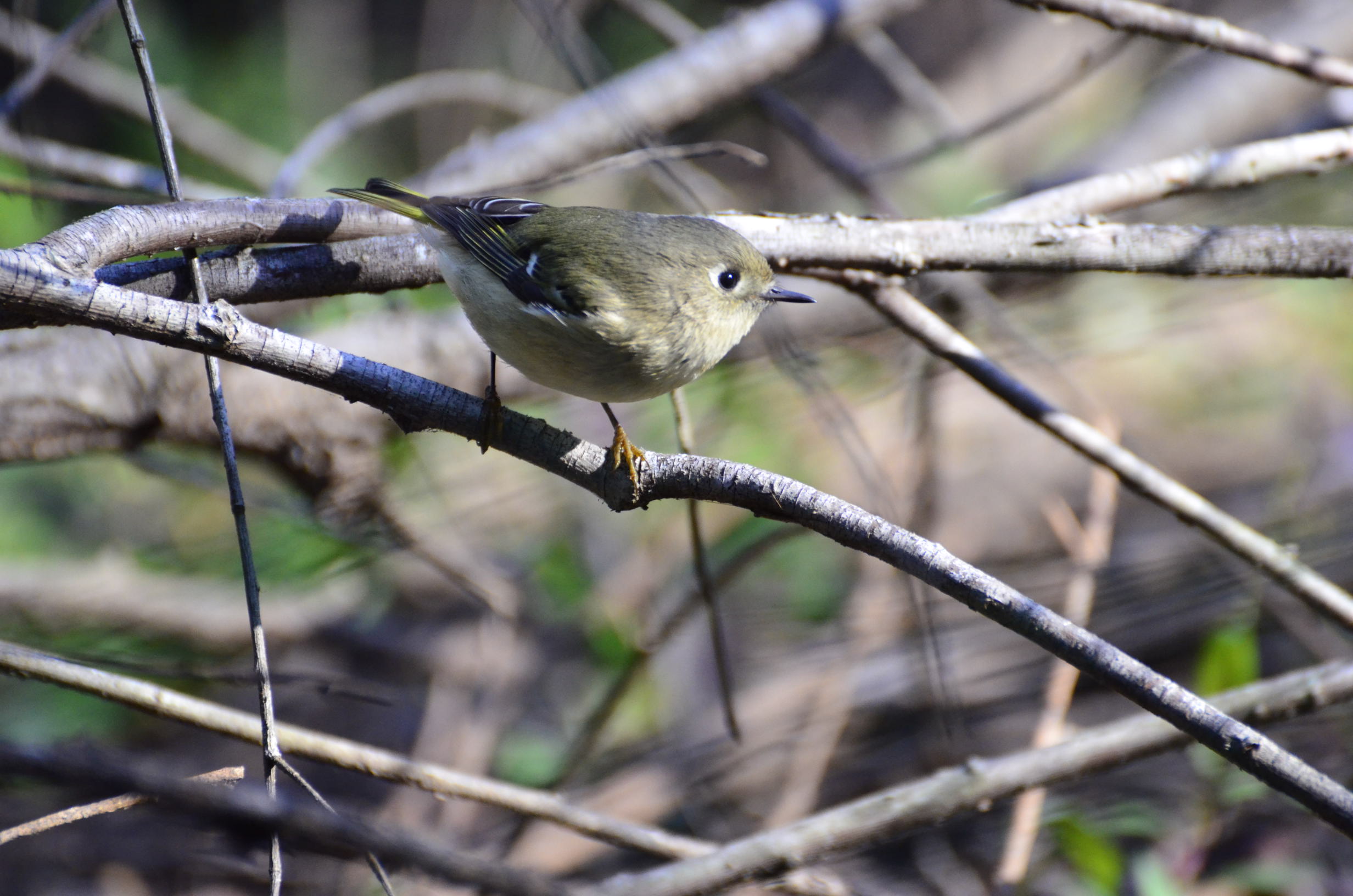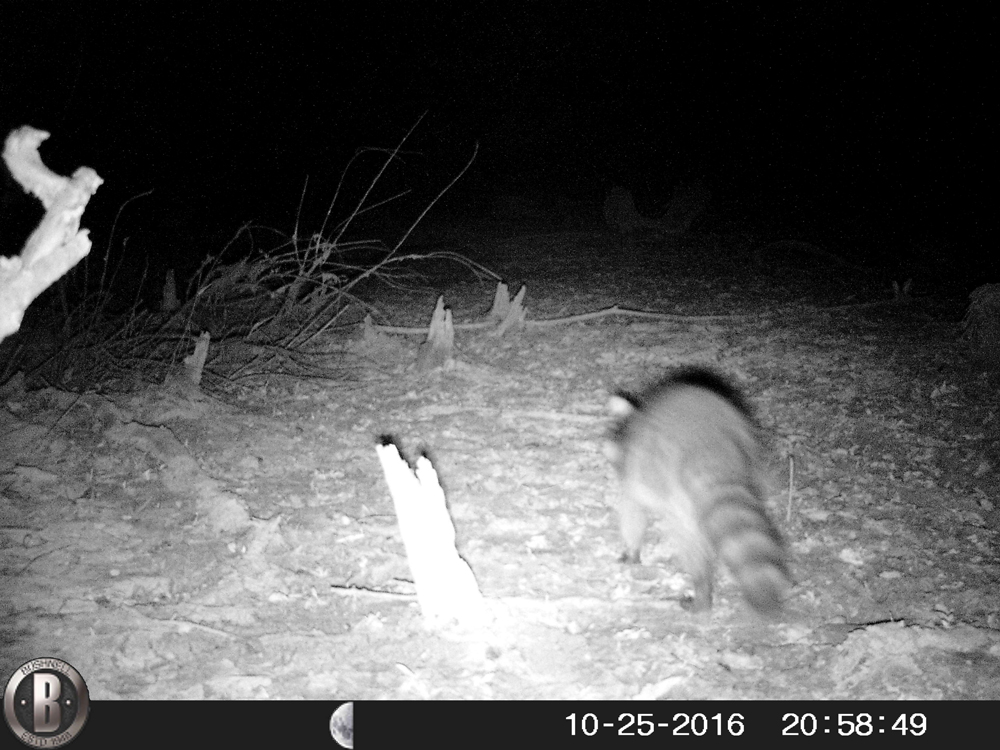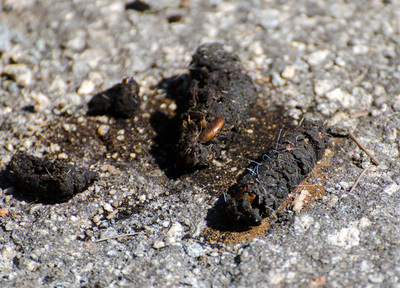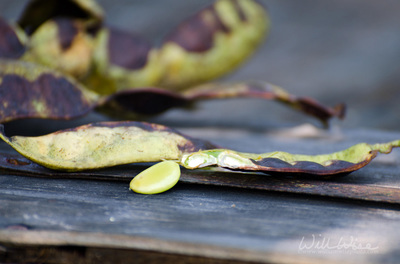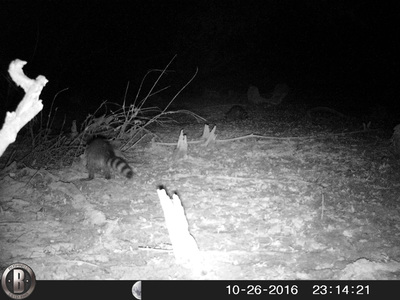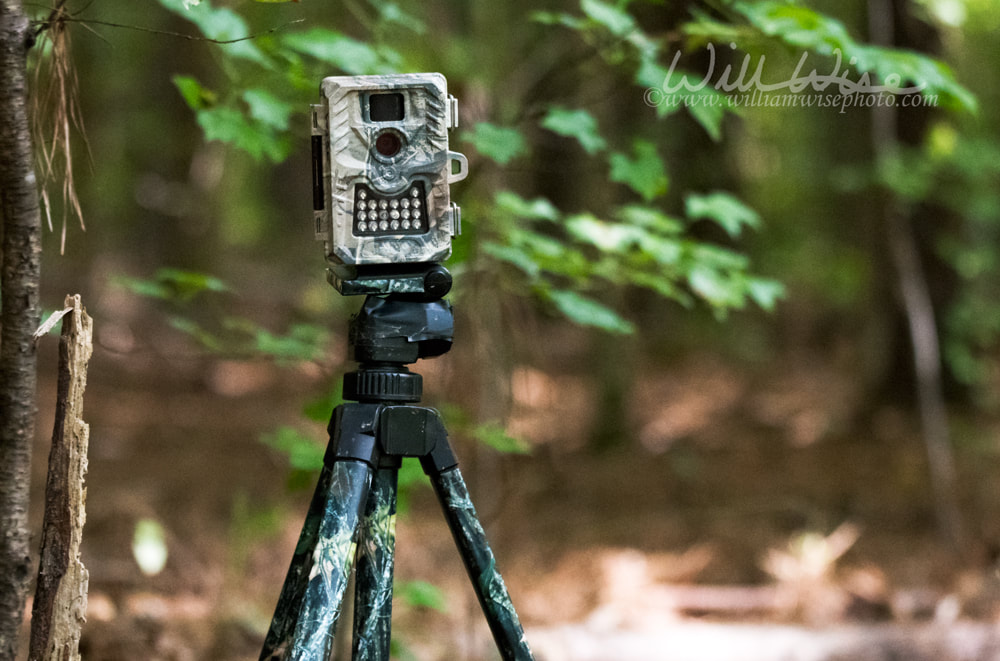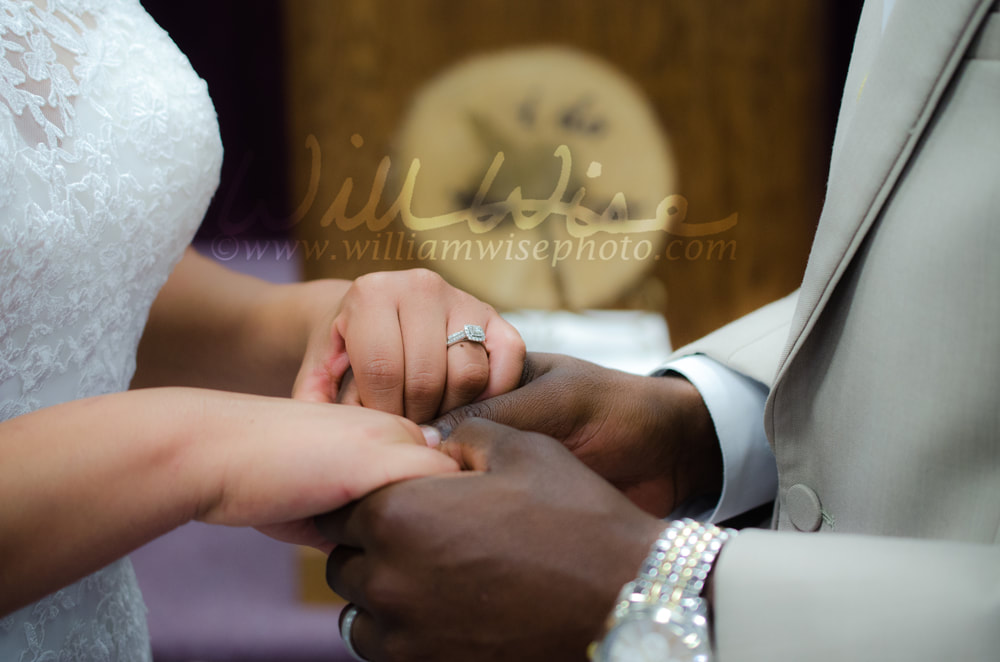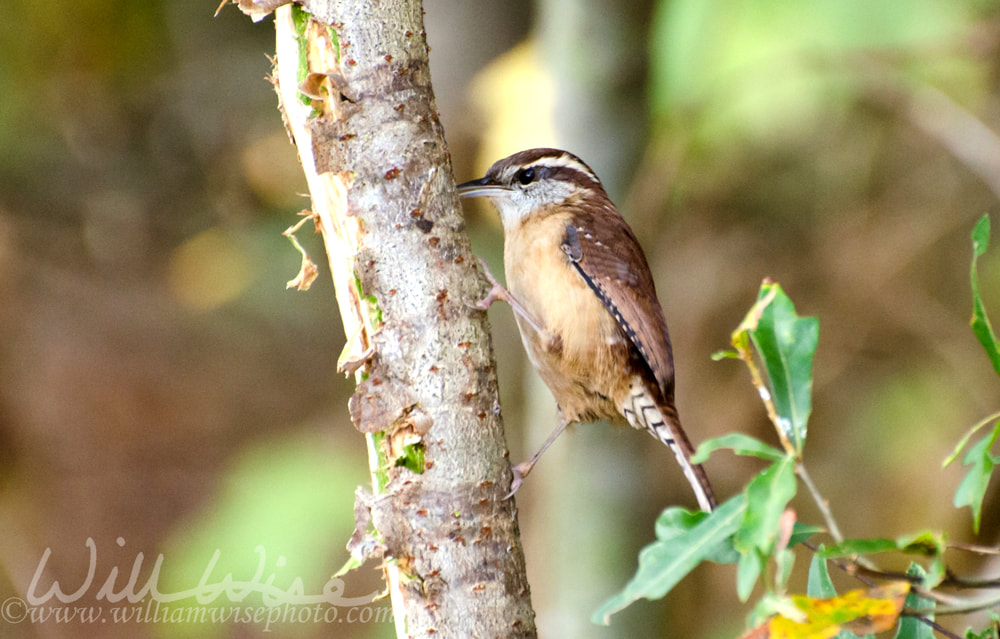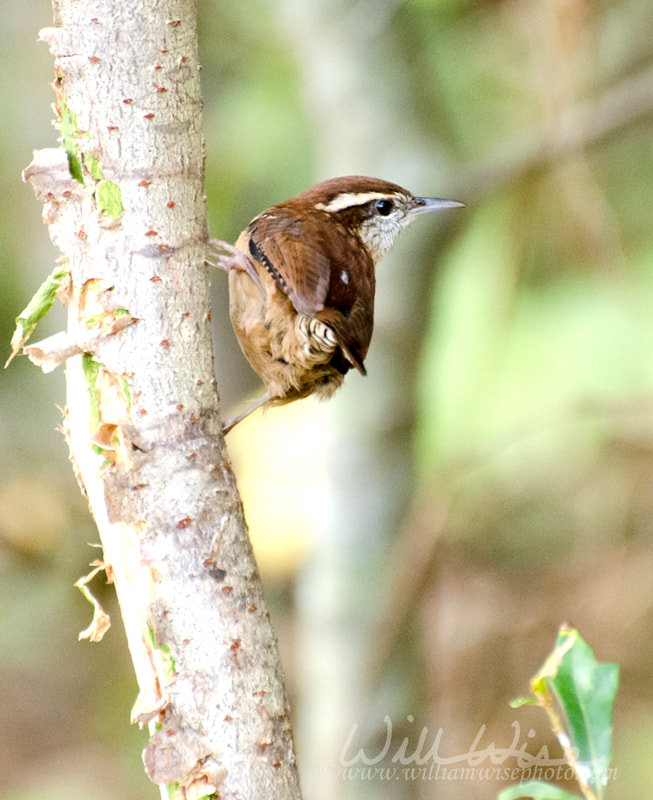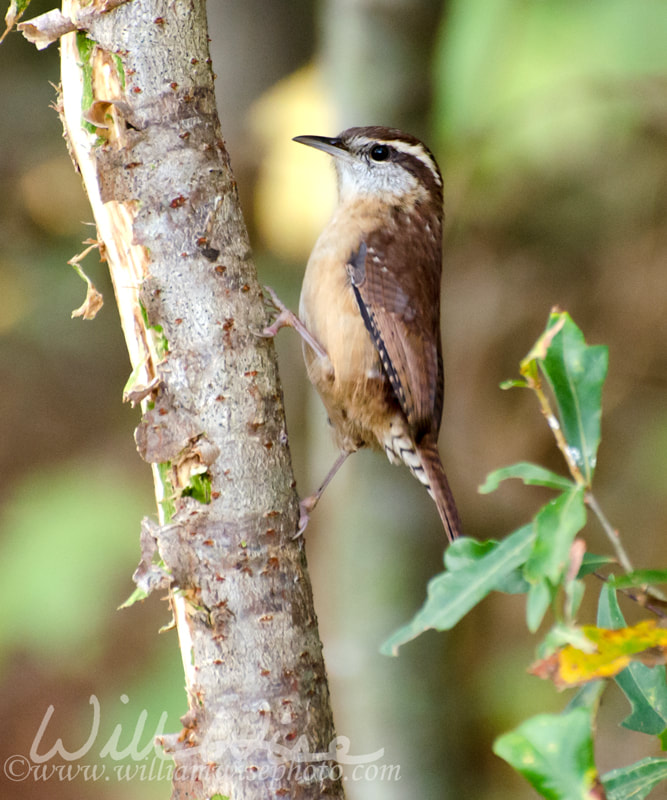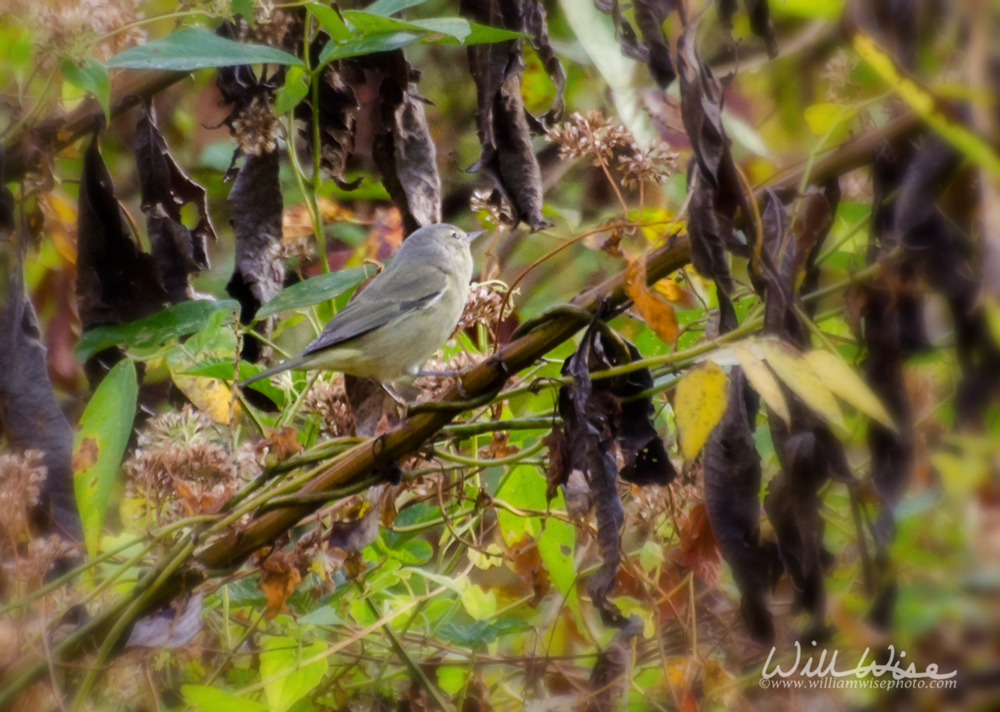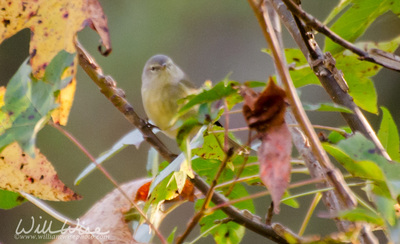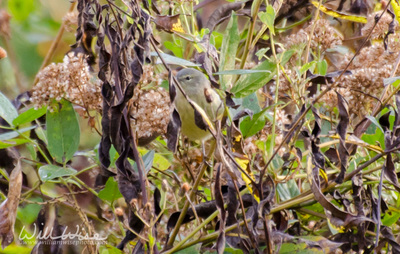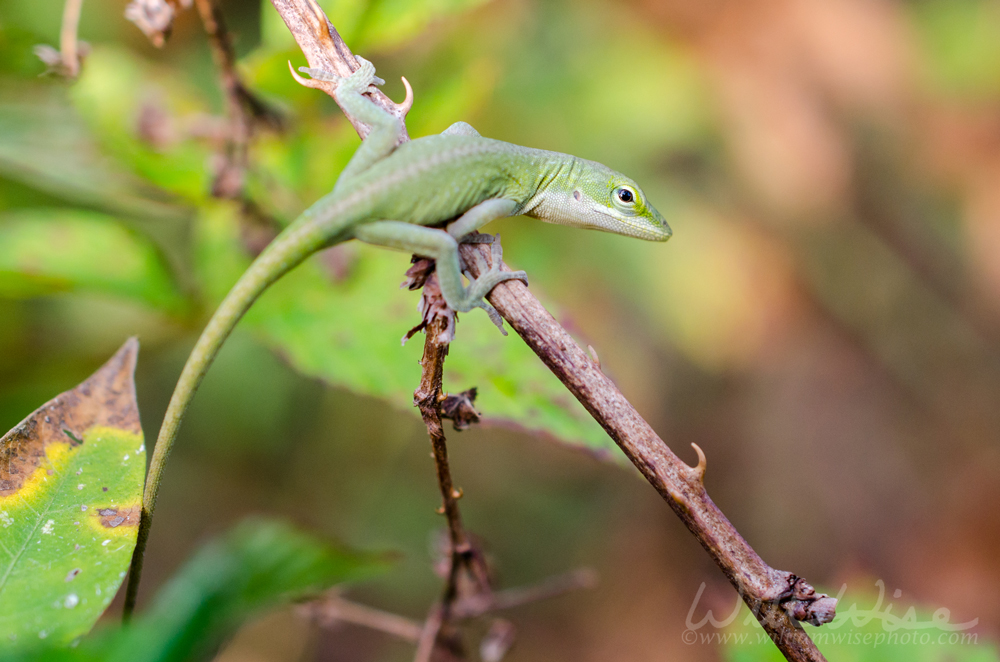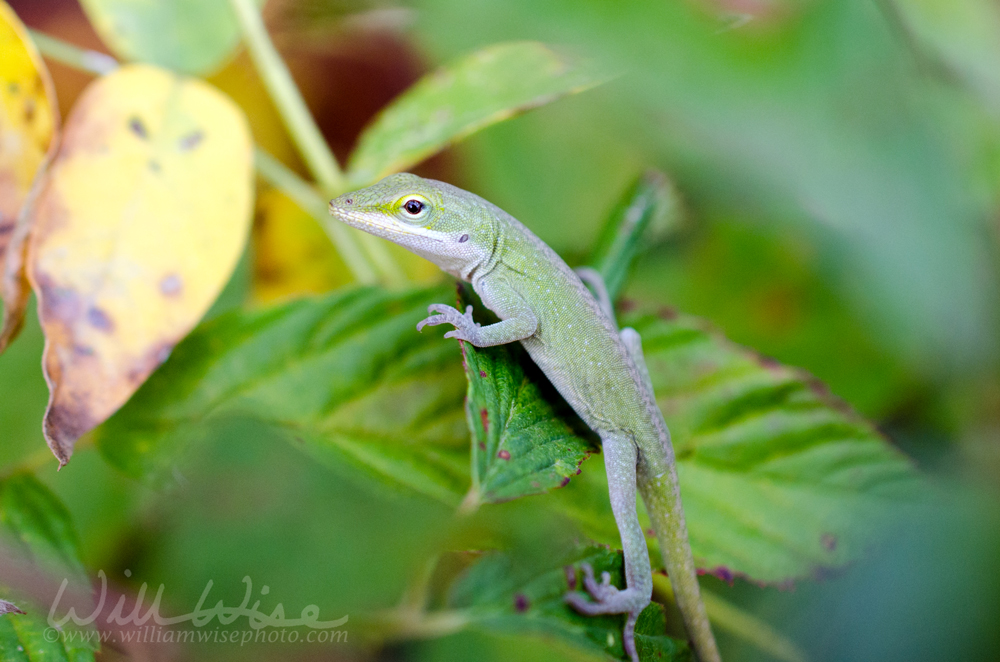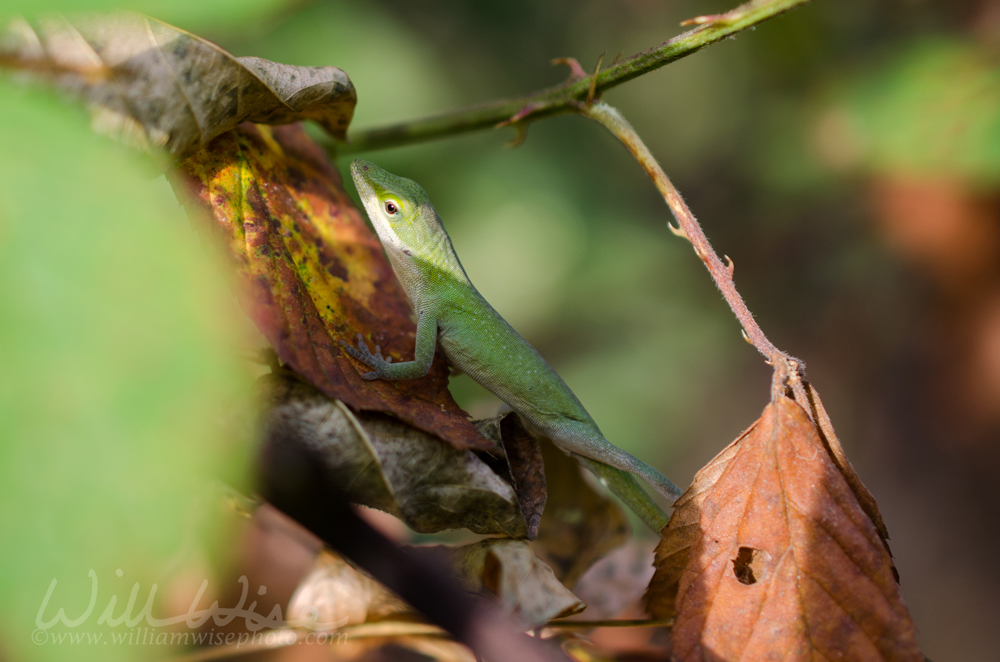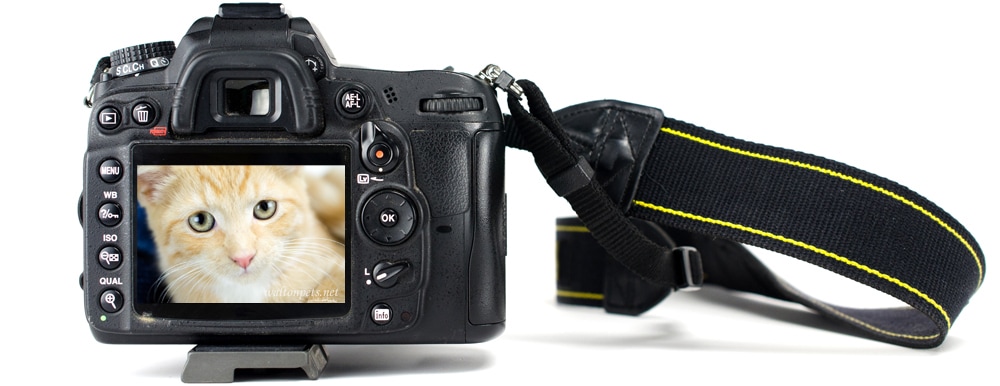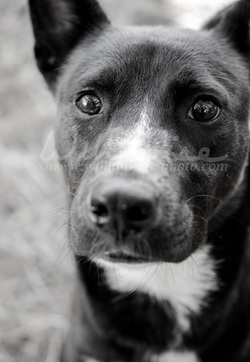 William Wise Photo Nature Notes is a wildlife, landscape, birding and nature photography blog documenting the beauty, design and wonder of God’s creation. -- "What a wildly wonderful world, God! You made it all, with Wisdom at Your side, made earth overflow with your wonderful creations." Psalms 104 The Message Halloween night; Monday, 9:15 PM - After the trick-or-treaters had come and gone, I sat on the rocker in my living room to close out the day’s nature journal entries. Happening to look down, along the baseboard sat a small scorpion. He was a minuscule thing. With his tail curled, he was no longer than the width of my thumbnail. Assuming he was dead (we have regular pest control visits), I scooped him up in a piece of paper and placed him in a baggie on my desk. The next morning while studying the Greek New Testament, the little critter moved! He traveled with me to work for an outdoor photo shoot before release. Not knowing much about them, I did a bit of research. In Georgia, there are two species, both found in different regions of the state: the striped scorpion (Centruroides hentzi) of sandy soil habitats and the devil scorpion (Vaejovis carolinianus) found in Central and Northern Georgia (and in my living room!). While they appear quite creepy, they are practically harmless. The sting immediately burns but the pain, unless an allergic reaction occurs, is completely gone within a half an hour. Their natural prey consists of spiders and large insects. Athens, Georgia
0 Comments
 William Wise Photo Nature Notes is a wildlife, landscape, birding and nature photography blog documenting the beauty, design and wonder of God’s creation. -- Isaiah 1:18 Come now, and let us reason together, saith the Lord: though your sins be as scarlet, they shall be as white as snow; though they be red like crimson, they shall be as wool. Monday, 10:33 AM – unbelievably warm and sunny for an early morning at the end of October. No jacket needed; the sun feels warm on my cap-less head. Feels like spring, but looks like fall. Each gentle breeze sends down more crisp brown, yellow and red leaves. Watched an acrobatic Downy Woodpecker (Picoides pubescens). Lots of Wren ‘tea-kettle, tea-kettle, tea-kettle’ calls fill the air. The Winged Sumacs are a deep crimson. Walton County, Georgia  William Wise Photo Nature Notes is a wildlife, landscape, birding and nature photography blog documenting the beauty, design and wonder of God’s creation. -- "God gave Solomon very great wisdom and understanding, and knowledge as vast as the sands of the seashore. He could speak with authority about all kinds of plants, from the great cedar of Lebanon to the tiny hyssop that grows from cracks in a wall. He could also speak about animals, birds, small creatures, and fish." I Kings 4
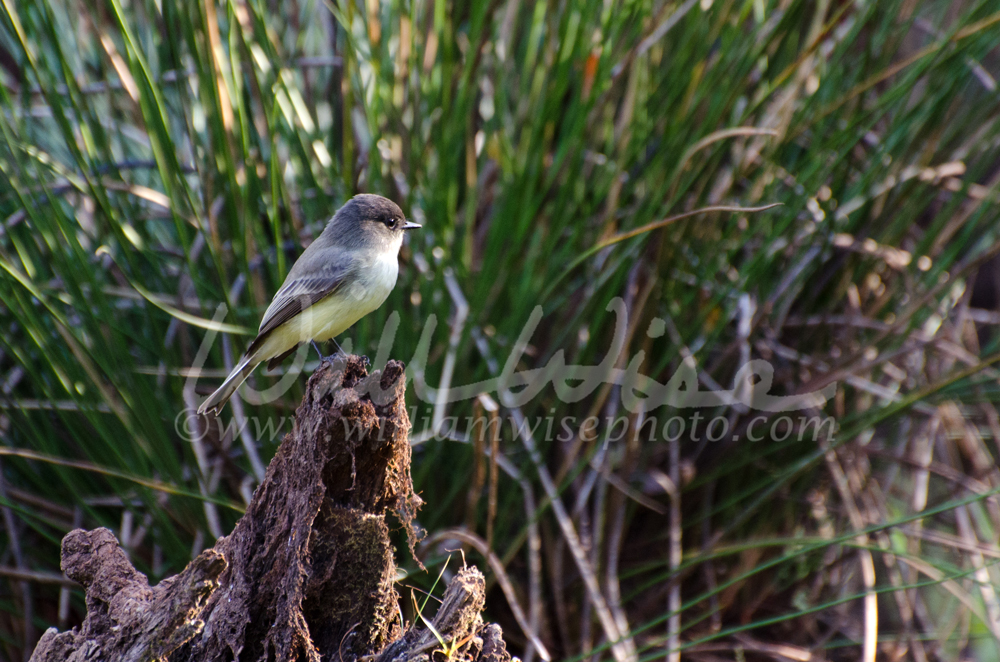 Eastern Phoebe posed over Duckweed Bog. October 25, 2016; 9:53 AM. Support my work by downloading this photo at www.dreamstime.com. 100% of funds go back into shelter adoption photography and education programs.
Thursday, 9:52 AM - Two days ago I was up at the Duckweed Bog again. A couple of flittering, tiny birds bathed themselves in the dew on the green bog grasses; dipping their beaks in the droplets and tossing their heads back with a vibrating ripple that ran down through every feather on their backs and out through the end of their tails. After bathing, one of them took a pose on a picture perfect stump not far from me. Grayish upper-parts and head, white ringed eye, white wing bars, faint barring on the breast and a bright yellow patch right in his armpit. I was again stumped since it didn’t seem to match anything in the Warbler Quick Guide. (I have since learned the warblers don’t bear as distinct colors and markings in the fall as they do in the spring.) Back in my office, Katy with Oconee Rivers Audubon Society replies to my email, “Yellow-rumped warbler (affectionately known as butter butts and formerly known as Myrtle warbler). These guys stick with us through winter and signal an end to fall migration.” Getting into this warbler thing, I took advantage of a slow point at work yesterday and walked through the now draining swamp near the back of the jail. I noticed quite a bit of bird activity in a line of trees and shrubs. Zooming in my lens, it was those Yellow-rumped Warblers again! I could see the yellow patches on their sides as they flitted up and down in the branches. Walking closer, I recognized their purpose in gathering in this location: Bayberry fruits! Allaboutbirds.org says, “The Yellow-rumped Warbler is the only warbler able to digest the waxes found in bayberries and wax myrtles. Its ability to use these fruits allows it to winter farther north than other warblers, sometimes as far north as Newfoundland.” I'm learning more about these "little yellow birds"!
Desiring a better-butter-butt photo, I stood beside the thicketed drainage ditch in front of the shelter this morning and spied a flurry of activity; dozens darting in and around the branches. Just two days ago I saw my first Yellow-rump, and today they are everywhere! I wasn’t surprised to later read on the Cornell Lab of Ornithology’s website, “Yellow-rumped Warblers are impressive in the sheer numbers with which they flood the continent each fall. Shrubs and trees fill with the streaky brown-and-yellow birds and their distinctive, sharp chips.” Standing still for about ten minutes, they braved my presence and came closer. I finally got a good photo of what Katy "affectionately referred to" earlier: a bright yellow butter butt! When I photographed them on Tuesday, I didn’t see the bright yellow patch on their rumps. But here it was today, plain as butter, right before me! Walton County, Georgia.  William Wise Photo Nature Notes is a wildlife, landscape, birding and nature photography blog documenting the beauty, design and wonder of God’s creation. "Thou art worthy, O Lord, to receive glory and honour and power: for thou hast created all things, and for thy pleasure they are and were created." Revelation 4:11 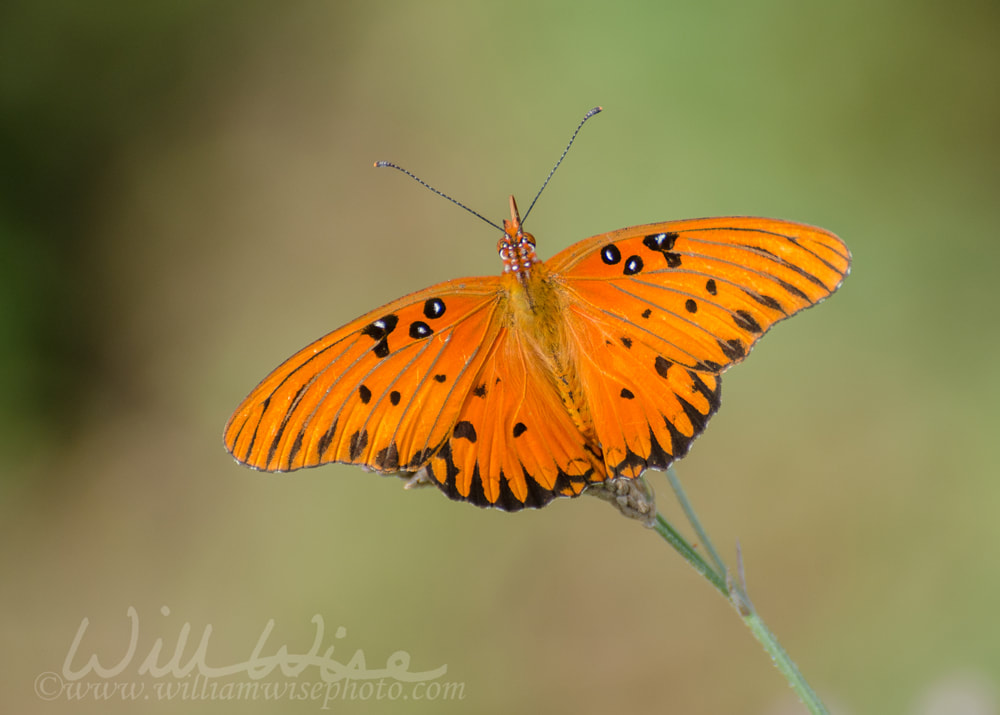 The Gulf Fritillary or passion butterfly (Agraulis vanillae). October 27, 2016. Gulf fritillary caterpillars are often found on passion vines in open, full sun, and are usually found feeding on older leaves away from the tip of the vine. Walton County, Georgia. Support my work by downloading this photo at www.dreamstime.com. 100% of funds go back into shelter adoption photography and education programs. Thursday, 10:54 AM "Everywhere the world is alive, awaiting exploration by those who prefer, if only at intervals, real reality to virtual reality. And as to the wonders of modern technology, bear in mind that a sidewalk weed and a protozoan are each more complex than any device yet invented by humanity." E.O. Wilson* *Edward O. Wilson - Research professor, Harvard University. Quote taken from the preface of Keeping a Nature Journal by Clare Walker Leslie & Charles E. Roth
Tuesday, 10:08 AM - Monday was extremely busy; but I had all the new dogs and cats posted and by the end of the day and several rescues had come forward giving the shelter some needed kennel space. Taking advantage of being caught up, I took a quick walk behind the shelter to enjoy a wonderful fall morning; cool breezes sending down showers of crackling yellow and red leaves; not a cloud in the sky.
I walked a little ways up the dry Duckweed Bog and had a seat near some branches that looked to me, if I were a bird, like good perches. After a few minutes of sitting still, the little birds descended, almost play-like, landing in the dew-laden grasses in front of me and bathing themselves. They move so quickly it is near impossible to get a shot. One then landed within feet of me and continued to preen, affording some nice close-up shots. After editing, I sent them to Katy with Oconee Rivers Audubon Society for help identifying. “Ruby-crowned Kinglet! Also a winter resident. Watch that one for a ruby crown to fluff up.” Walton County, Georgia  William Wise Photo Nature Notes is a wildlife, landscape, birding and nature photography blog documenting the beauty, design and wonder of God’s creation. -- "What a wildly wonderful world, God! You made it all, with Wisdom at Your side, made earth overflow with your wonderful creations." Psalms 104 The Message The plethora of fresh raccoon scat and tracks up near the ponds lead me to set my trail camera in the now dry Duckweed Bog behind the animal shelter.
Walton County, Georgia Privileged to shoot the wedding of two friends at my church...  William Wise Photo Nature Notes is a wildlife, landscape, birding and nature photography blog documenting the beauty, design and wonder of God’s creation. -- Job 38:4-6 "Where were you when I created the earth? Tell me, since you know so much! Who decided on its size? Certainly you’ll know that! Who came up with the blueprints and measurements? How was its foundation poured, and who set the cornerstone..." 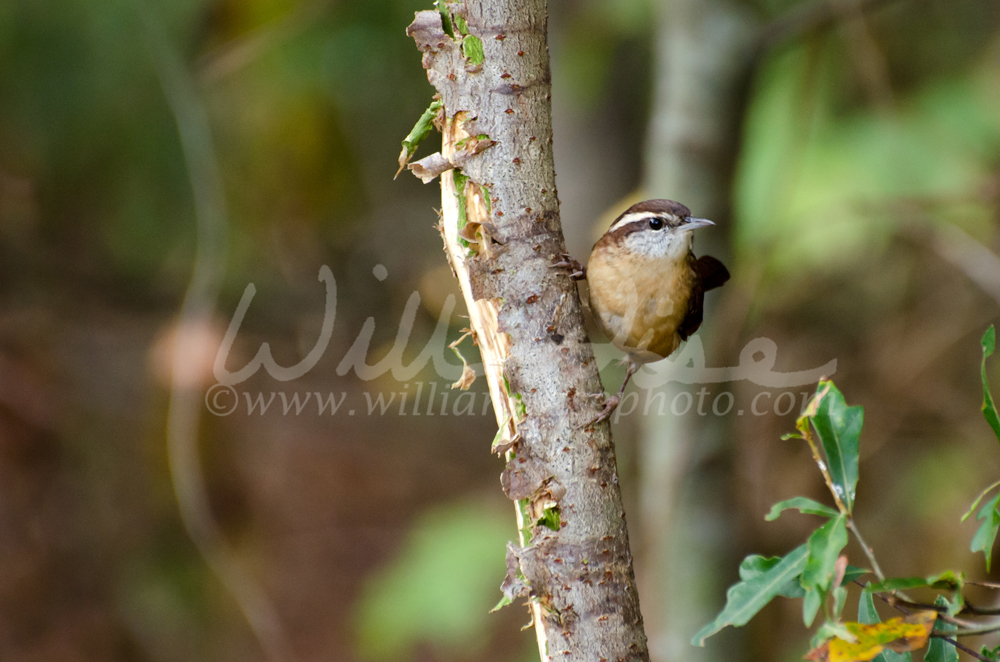 Birding callback attracting an inquisitive Carolina wren on tree branch in Walton County, Georgia on sunny day.. Support my animal shelter work by downloading this photo at www.dreamstime.com. 100% of funds go back into shelter adoption photography and education programs. Thursday, 8:58 AM - I’ve been reading through an interesting book by Dan Koeppel called To See Every Bird on Earth. The book is mostly about the author’s life and relationship with his father who is a “Big Lister.” I really enjoyed reading about the "sport" of bird listing… it is much deeper and more complex than I had ever realized!
In the book, it speaks repeatedly of the tactics of birders in locating hard to find species. One method is by playing back recordings of the target bird. Sibley Guides states, “There is no debate that playback is one of the most powerful tools in a birder’s struggle to see birds in the wild. Birds that might otherwise be too shy to come into the open can be lured into view by the sound of a potential rival. Whether this trickery has any significant impact on the birds is not so clear.” They go on to state that playback is prohibited in many parks and refuges because of the potential disturbance of bird behavior. Just to give it a test, I tried using playback to attract some birds. I went up near the duckweed bog behind the animal shelter with my small reocorder. Twice now, all I’ve managed to conjure up is a Carolina Wren. It seems they are quite the inquisitive little guys and will come check out any call... no matter what species I play. Walton County, Georgia  William Wise Photo Nature Notes is a wildlife, landscape, birding and nature photography blog documenting the beauty, design and wonder of God’s creation. -- "What a wildly wonderful world, God! You made it all, with Wisdom at Your side, made earth overflow with your wonderful creations." Psalms 104 The Message Thursday, 8:59 AM - Georgia being in a drought once again, the ‘Duckweed Bog’ near the animal shelter has now completely run dry. This has given me several chances to explore some patches that are typically knee deep in water and green slime. Each time I’ve walked up the dry stream bed, little birds are busy flitting about, almost in a playful manner. I was always a reptile guy and have never been good at identifying the "little yellow birds". In fact, I failed the bird test section of Vertebrate Natural History at UGA Warnell Forestry School in 1993. I've usually ignored these little yellowish birds, or, if asked, identified them as "some type of warbler." The Audubon website isn't joking when it reads, "Warblers are a daunting group. All those different colors and patterns mean there are a lot of details to keep straight when trying to make an identification. Complicating things, males and females frequently have different plumage. Oh, and also they’re just impossible to get a good look at—they’re small, they move around a lot, and seem to be always either far away at the top of a tree or back in the shadowy understory" (Rule #41: Identify Your First Warbler). If the birders have a hard time, how can a snake-guy keep it straight?!? Walton County, Georgia  William Wise Photo Nature Notes is a wildlife, landscape, birding and nature photography blog documenting the beauty, design and wonder of God’s creation. -- "What a wildly wonderful world, God! You made it all, with Wisdom at Your side, made earth overflow with your wonderful creations." Psalms 104 The Message Thursday, 9:05 AM
Back in my film camera days I owned a "macro lens" for my Minolta SLR camera. I had fun with close-ups of Praying Mantises and other small critters. "Macro photography" is defined as extreme close-up photography of small subjects which, in the final print, appear greater than life size. A "macro lens" allows you to get within inches of your subject and can achieve a very shallow depth of field (a natural background blur). I recently purchased a Nikon AF-S DX Micro-NIKKOR 40mm f/2.8G Lens to use on the kitty close-ups at the shelter. Tucking this small sized lens in the side pocket of my BDU pants, I took a walk break up behind the animal shelter. A small Green Anole (Anolis carolinensis) was climbing out of the dew into the rays of the rising sun to gather warmth for the day's activities. Since it was still sluggish and slow from the chilly morning air, I was able to stick my lens within the briers, just inches from the little lizard and get a few good close-ups. The top photo shows the incredible depth of field one can achieve with this lens. The lizard's eye is completely in focus while the back, just centimeters closer to the lens, is blurred, drawing in the viewers attention toward the Anole's eye. I was just inches from the lizard when taking the photograph. Therefore, the subject filled the frame and no cropping of the final image was needed; thus preserving a high resolution photo. Walton County, Georgia 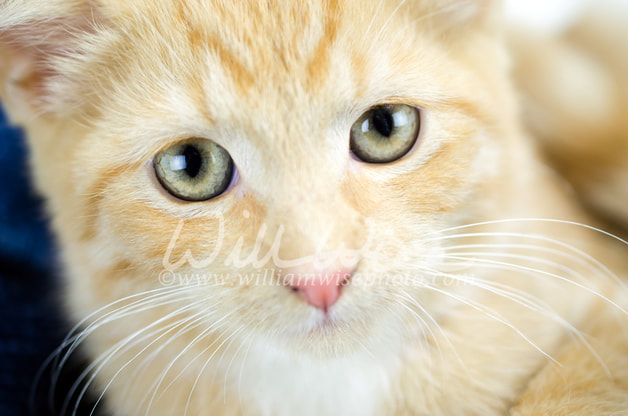 "Grimm", stray kitten turned in and adopted in October, 2016. Photographed in studio using 40mm macro lens; f/3.2; 1/125 sec; ISO 125. Support my work by downloading this photo at www.dreamstime.com. 100% of funds go back into shelter adoption photography and education programs.
In Auto-area AF, when you depress the shutter release half way, the camera automatically detects the subject and selects the focus point, and usually does a very good job. However, on a portrait or close up of a kittens face, the camera may focus on the nose rather than the cat’s eyes. Because I am shooting the cat with a wide open aperture (f/1.8), there is a very shallow depth of field and the eyes may be blurry if the nose is the focus point.
So, rather than selecting auto-area AF, I set my Nikon on the single-point AF mode. I then have one illuminated point in the viewfinder for focusing on the eyes. The focus point can be easily moved by pressing the multi-selector on the back of the camera with my thumb; or returned to center by pressing the ‘ok’ button. Most DSLR cameras also have focus lock so you can focus on the desired point, lock the focus, and then recompose. Much of this may sound difficult, but watching a few videos or reading the manual will explain it all in simple terms (see nikonusa.com article). After practicing for short time, it becomes second nature. I now don’t even think about toggling around the focus point as the little critters move around. Often, I will use a few tools in Photoshop to brighten and sharpen the eyes before posting. But that will be another blog. Hope this helps! |
Categories
All
Archives
September 2025
|
|
All content is ©williamwisephoto.com. Please don't steal images. My images are available at dreamstime.com. Stock sales go into the shelter photography program.
|
In December 1993 I came to know the Designer and Creator of this wonderful planet and its creatures: Jesus Christ.
|
Donations help support the animal shelter adoption photography equipment and adoption website hosting and domain fees. Thanks for your support!
|
